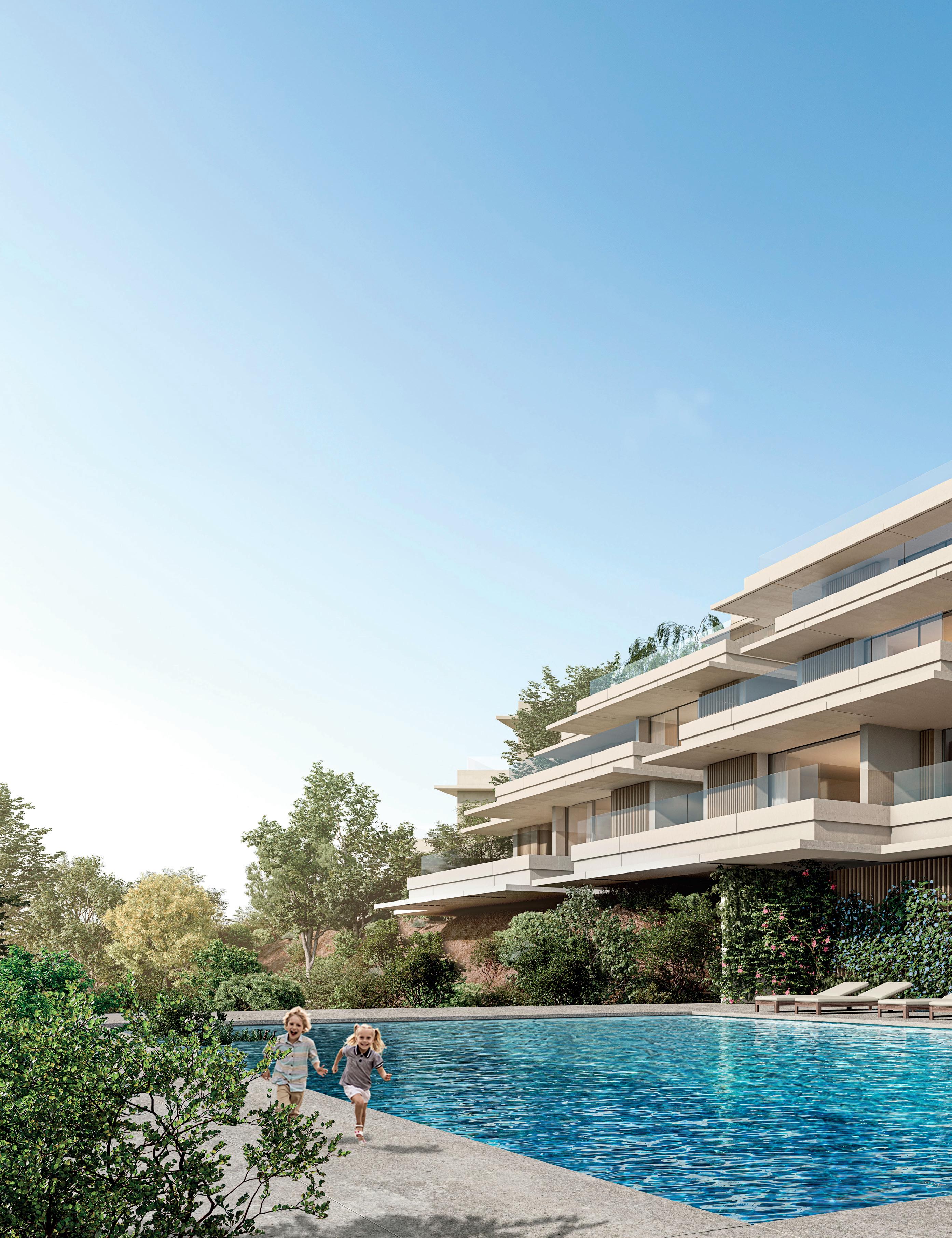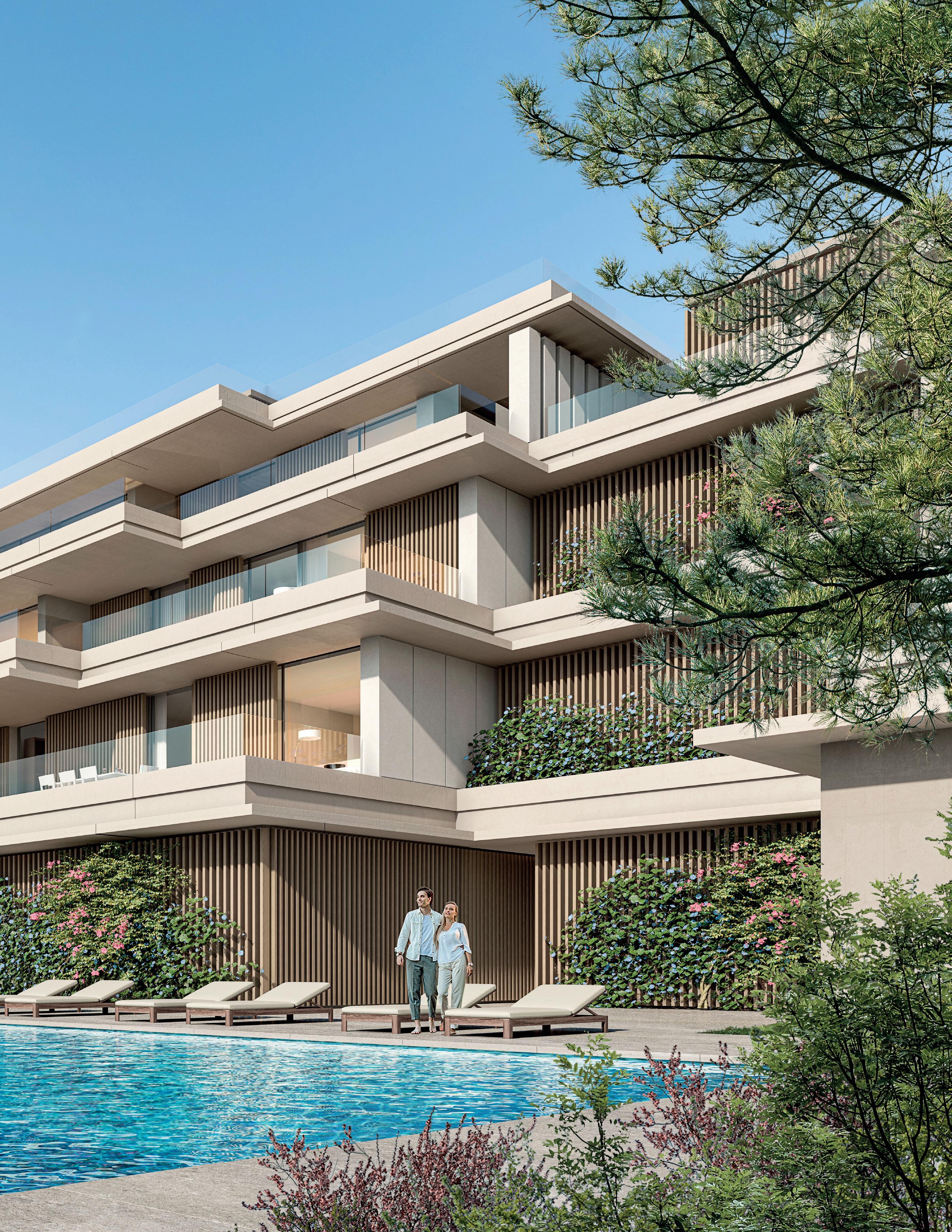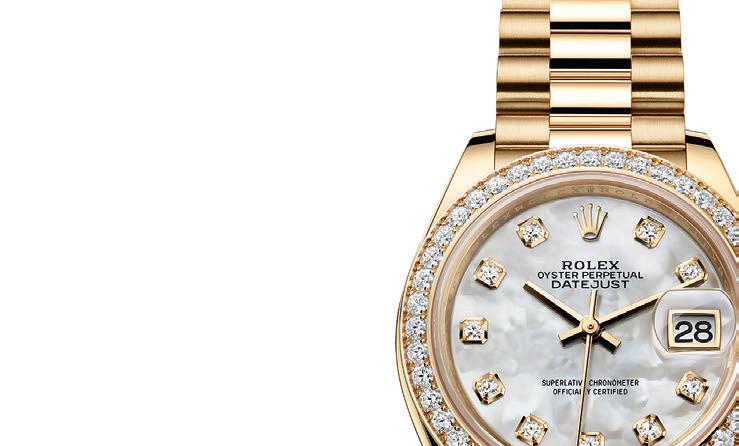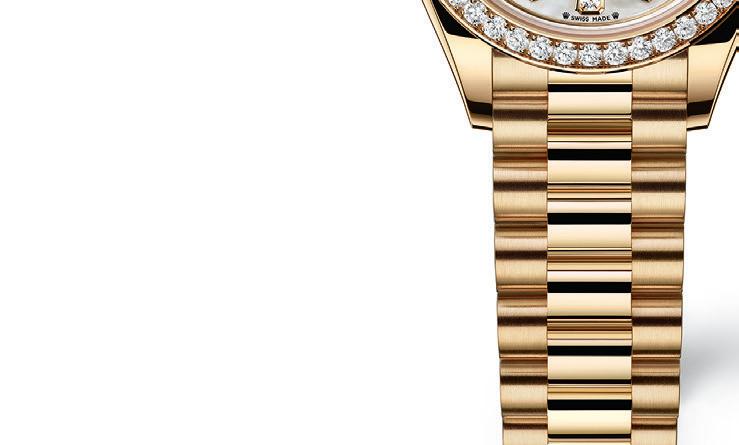
4 minute read
25th Anniversary of José Pariente
Bodegas José Pariente in Valladolid recently celebrated its 25th Anniversary It used to be said that Spain did not produce good white wines; only the reds were worth bothering with. Those were the days of heavily oaked white riojas, the much fresher Penedès varieties - not for all palates - and the limited quantities of more agreeable assortments from northwest Spain that never seemed to be available outside

the region. WORDS ANDREW J LINN
DIGNIFYING A WINE REGION
By the end of the last century there were several new, emergent, or reinvented bodegas turning out wines that would have been unrecognisable to the older generation. However, Spain has always had its innovators. Miguel Torres SA, today the nation’s largest familyowned bodega, started using stainless steel tanks in the 1980s, and Enrique Fournier changed the way the traditional Rioja bodegas practiced winemaking. The late Carlos Falcó, Marqués de Griñón, launched innovative projects in many wine-growing regions, and while Rioja is still possibly the most conservative wine area of them all, even here some bold ‘revolutionaries’ are creating wines as they think they should always have been made. Paco Hurtado, of Riscal, decided some time ago that most barrelaged Riojas had too much oak, so now, after initial maturation, puts the wine into old casks where the wood effect is not so noticeable. He defiantly uses 40% of Cabernet Sauvignon in his Barón de Chirel, on the basis that his family was using the grape 60 years before there even was a Consejo Regulador to tell producers that they shouldn’t.
But while it is easy to criticise the regulatory councils, they have demonstrated that in the long term their oversight of a region is usually positive. A case in point is Rueda, always a zone known for high production and low prices, without any nationally accepted brands. Cheap and cheerful, fruity, and light. The usual order was and still is ‘Serve me a Ruedito please’, much the same as asking for ‘a Rioja’, a ‘Ribera del Duero’ or a ‘Jerez’. Huge volumes of wine are sold but it is frustrating for the wineries trying to impose a policy of quality over quantity.
So how do you change the image of an entire wine region? It has been shown in Galicia, for example, that the first move is to convince drinkers that not all wines should be drunk young. Older wines have a different taste and are more costly, but the difference is like that of chalk and cheese. The campaign to improve the image encapsulated in the phrase ‘Dignify Rueda’, and the establishment of a ’Gran Vino’ category with quality as the priority, has done the rest. To qualify, the vines for the Gran Vino classification must be 30 years old and the production per vine lower than for the regular wine.
Well-equipped both mentally and physically for the job of dignifying Rueda, it was a new generation of young vintners who arrived on the scene in timely fashion. This had the desired effect of putting a previously unexciting area on the map. Today the wines from the foremost Rueda bodegas are appreciated throughout Spain and internationally: Álvarez y Díez, Antaño, Lorenzo Cachazo, Belondrade y Lurton, Felix Sanz, Marqués de Irún, Sanz, Yllera, and José Pariente.
This last-mentioned winery, established in 1997, is a fine example of how the region has developed over the last ten years. Martina and Ignacio are third generation winemakers who have studied in other regions and whose priorities since 2009 have revolved around innovation and sustainability. Martina learned winemaking and agronomy, and brother Ignacio, law and business studies to obtain an international MBA. Since 2013 Martina has taken care of the wine-making element, and Ignacio has been responsible for exports and the director generalship of the Group. Apart from their work in the family bodega, both have embarked on a mission to recover old vines in the Duero Valley and Sierra de Gredos under the umbrella of Bodegas Prieto Pariente. e Z The standard José Pariente Verdejo 2021 is made from the fruit of 30-year-old vines, and costs around €10. Z The José Pariente Fermentado en Barrica 2020 is for those who prefer a barrel-fermented wine with a more complex taste, around €17 Z The Finca Las Comas 2019 comes from vines established in 1910 and is only made in good years, around €35.

REAL
de La Quinta

















